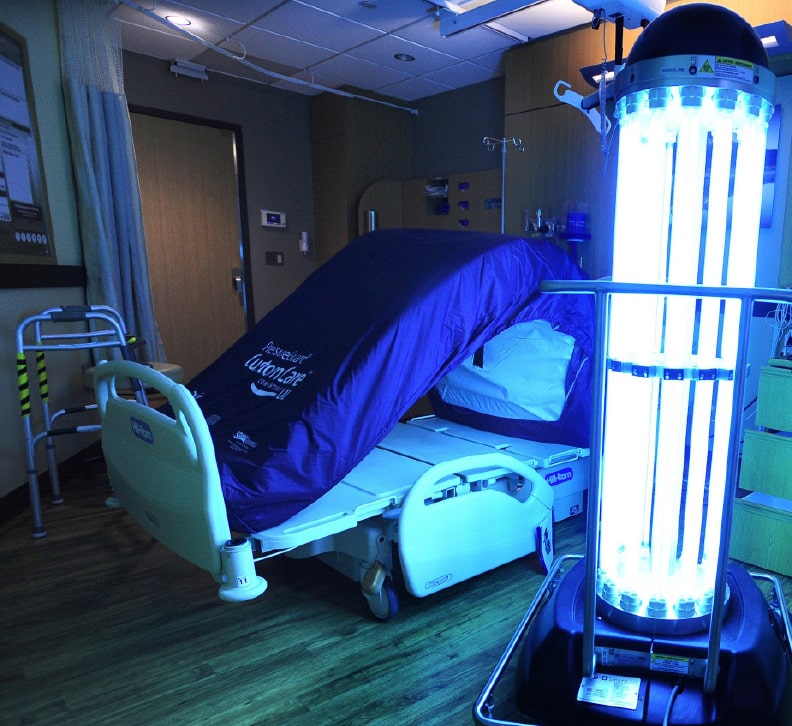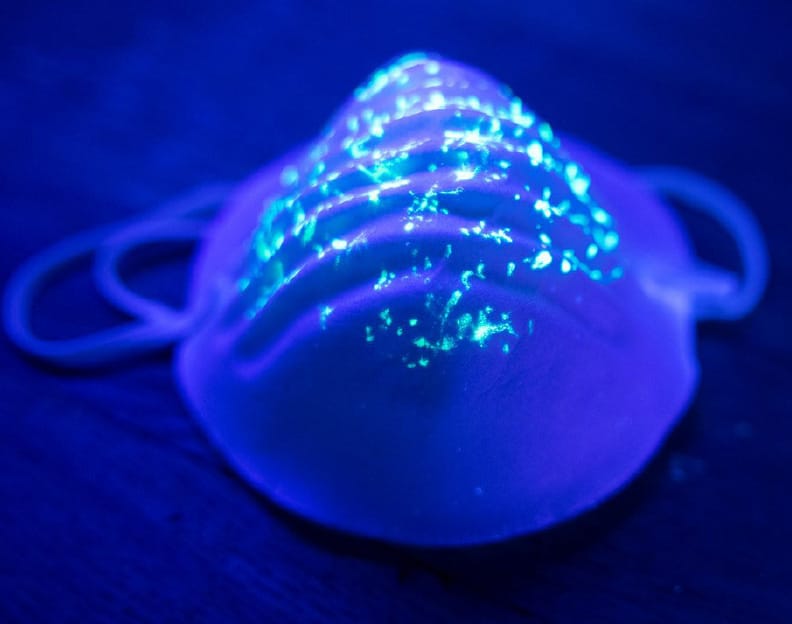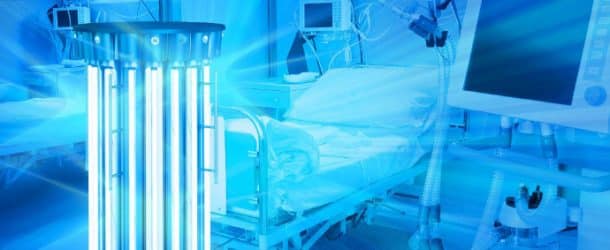UV Light As A Method Of Sanitization
By Kerri Cooke
The current global pandemic has put extra emphasis on how to keep public areas hygienic to reduce the spread of disease. There’s one decontamination method which is gaining renewed popularity in recent months, even though it’s been around for over 100 years.

UV-C rays are rays which contain more energy than either UV-A or UV-B rays. Their wavelengths are shorter, thus ensuring more energy in each wave.
UV-C rays from the sun get absorbed in the atmosphere before they can make it to ground level, which is a good thing, because these rays are more harmful than the other two types. UV-C rays can cause sunburn in seconds when in direct contact, rather than the minutes it takes for other rays to cause sunburn.
We have been told that the sun can help kill COVID-19. Have you ever wondered why? It’s because of the UV-A or UV-B rays. These rays have the potential to kill germs. So, can this energy be harnessed to help keep viruses and bacteria at bay in hospitals and on public transport?
The Jennings American Legion Hospital is the first hospital in the immediate area to acquire Tru-D, which is a lamp which shoots out UV-C rays in a room to disrupt the genetic material of bacteria and viruses, which thus stems their ability to reproduce.
Tru-D stands for total room ultraviolet disinfection. This device is useful after the room has been disinfected by staff. The UV-C light can reach areas people might have missed. And it helps in the event of bacteria that become resistant to chemical sanitizers. This process is called ultraviolet germicidal irradiation, and it can purify not only air quality, but water as well.
Infections that are obtained in a hospital setting are a big problem in the United States. This is just one method to help eradicate the problem.

UV-C light has shown promise in preventing the spread of other coronaviruses. The research is still out on how COVID-19 responds to UV-C light. But one study suggests that this new virus needs more exposure to the light to disrupt its genetic code than hundreds of other viruses. In other words, COVID-19 is a bad little virus. These types of lamps are being tested in high touch areas such as subway trains in New York City to see if it can help stem further transmission of COVID-19.
There is a relatively new development in the use of UV-C light. Researchers have discovered a very specific wavelength of UV-C light called far-UVC. This particular wavelength of light seems to be less dangerous to humans as studies have indicated that it might only be able to pass through the top layers of our skin, the dead layers, without penetrating and altering healthy skin. It is still powerful enough to have an effect on germs, though. While more testing needs to be done to confirm this finding, it is an encouraging beginning because UV-C leaves no residue behind unlike chemical antiseptics.
While most UV-C devices sold currently are not using far-UVC technology, if studies prove that far-UVC is safe, expect to see the use of lamps expanding in the future as we look for new way to effectively battle old and new illnesses alike.
In the meantime, business for UV lamps is booming, and the Jennings American Legion Hospital says that there has been a “significant decrease in infections” since the use of Tru-D began.















Comments are closed.